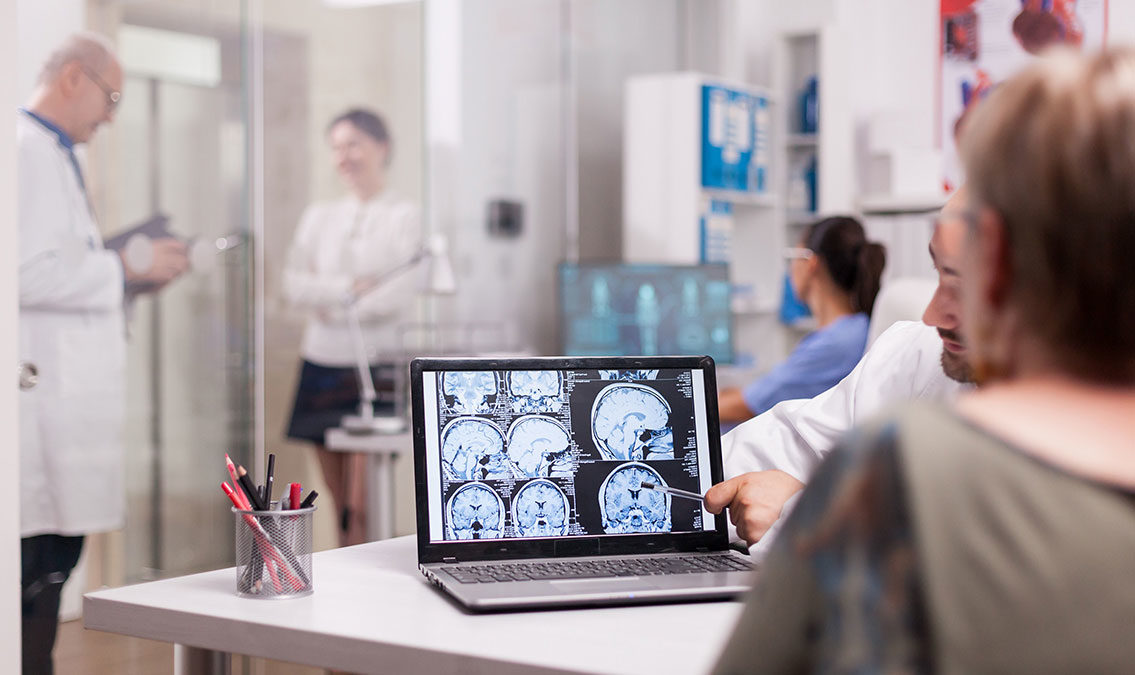5 Ways Asset Tracking Improves Hospital Asset Management


Hospital Asset Management (HAM) involves the combination of tracking technology and facility workflows to create a functional and efficient system. In addition to asset management, many modern software systems can also be used to monitor inventory, maintenance work, and even patient flow directly. The COVID-19 pandemic has increased awareness of patient safety and the need for adequate hospital capacity to support patients during a public health crisis.
The typical hospital facility performs many functions including out-patient services, inpatient surgeries, acute inpatient care, emergency services, diagnostic requests, and medication administration, among others. Each of these functions relies on a variety of fixed and moveable assets, from IV carts to MRI machines. With potentially dozens of assets involved in each patient interaction, effective hospital asset tracking is crucial for delivering patient care and performing other hospital functions.
Let’s look at 5 important ways that an asset tracking system improves the management of hospital assets. Many technologies can be incorporated into an asset tracking plan such as barcodes, QR codes, RFID tags, barcode scanners, Global Positioning System (GPS) trackers, and Internet of Things (IoT) devices.
When implemented effectively, a tracking system makes it easier for hospital staff to locate, sanitize, and prepare equipment for use. We hope you find this information helpful to inform your own hospital asset tracking plans and help you improve operational efficiency.

Asset and patient tracking technologies can be optimized to improve the flow of patients as they move through the healthcare system. This is especially true for inpatient services where bed capacity can be a limiting factor in how many patients can be admitted for care at any given time. Patient tracking can be done using a real-time location system (RTLS) or event-driven data workflow. Regardless of the tracking design that is used, these capabilities allow hospital facilities to perform advanced analyses such as patient movement simulations, process modeling, and workflow optimization.
There are several ways that a tracking system can lower hospital facility management costs. One of the most obvious is a reduction in asset loss that can result from theft, misplacement, or deteriorating condition. Hospital asset management can not only extend the useful life of equipment but can also reduce maintenance and upkeep costs. A reduction of capital expenses required to maintain hospital assets can have a dramatic impact on the profitability of a healthcare facility, which will often have thousands of assets under management.

Many assets that a hospital manages, such as wheelchairs and hospital beds, are costly to replace and are in nearly constant use. Maintaining an accurate asset inventory is vital to proper hospital planning activities. A healthcare facility can spend thousands of dollars trying to locate equipment or purchasing replacements. With a dedicated tracking system, it is possible to streamline these processes and tag each asset with a permanent asset tag with a unique identifier. This improves the speed of inventory counts and helps maintain compliance with applicable regulations. A detailed entry can also be stored for each asset in the system to provide a clear chain of custody and a complete historical record.
There are a variety of asset tags and barcode labels suitable for healthcare industry applications. For instance, two-part asset labels can be used to streamline documentation and re-ordering of consumable supplies. To deter theft and unauthorized transfer of high-value assets, destructible asset labels or tamper evident barcode labels are an excellent choice. For devices and equipment that are exposed to frequent cleaning, abrasion, or chemicals and solvents, Metalphoto® anodized aluminum asset tags offer the durability needed to ensure that barcodes remain readable throughout the useful lifespan of your assets.
Clinical workflows in a hospital environment can be complex and require input from multiple departments. A tracking system creates a single, unified environment that all hospital staff can access to view, complete, and assign work requests. Individual assets and patient samples can be marked with a barcode and tracked as they move through the facility. When less time is spent processing these requests, employees can dedicate more effort to patient-facing activities and working directly with equipment. This improves hospital asset utilization and leads to better overall patient care.
Hospital maintenance costs can represent a significant amount of the budget required to keep a facility in good working order. If equipment breaks down at a critical time, there can also be additional costs associated with emergency repairs. Since many hospitals maintain some services on a 24-hour basis, there is a continuous need for certain equipment. Tracking systems can often be used for maintenance management, providing hospital staff with a dedicated resource for scheduling and fulfilling work requests. This can also include tool calibrations that can be completed to maximize equipment performance and extend the useful lifetime of assets.
Hospital asset management will continue to be an important focus for facilities throughout the U.S. and abroad. These buildings require a significant initial capital investment, and long-term profitability requires careful management of costs and a focus on increased hospital asset utilization and maximizing the useful life of equipment. A high priority for any hospital should be an improvement in patient care, and a tracking system represents a reliable way to ensure that all equipment is available when needed. With the large selection of asset tracking solutions available in the market, it is possible to create an asset management program that is well-suited for each hospital facility.
Our sales engineers are experts in automatic asset tracking, tagging and identification,a nd can answer all your questions. Get in touch now.
Lets Talk ›Enter your information and get a free checklist of the top questions to answer and tips to plan a successful asset tagging project for any asset management or tracking system implementation.